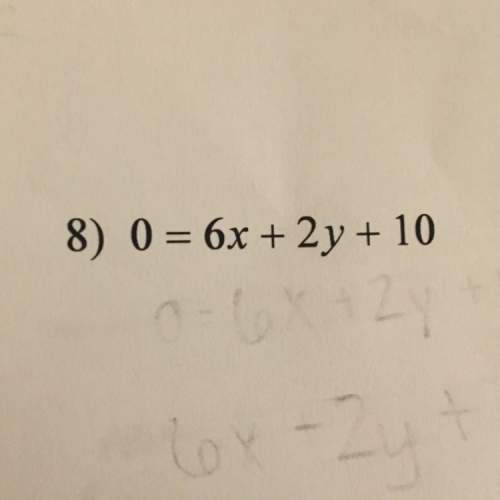
Mathematics, 05.11.2019 23:31 baseballdude4807
Starting with 10 blue balls, in each of 10 sequential rounds, we remove a random ball and replace it with a new red ball. for example, after the first round we have 9 blue balls and one red ball, after the second round, with probability 9/10 we have 8 blue balls and 2 red balls, and with probability 1/10 we have 9 blue balls and one red ball, etc. what is the probability that the ball we remove at the 11th round is blue?

Answers: 2


Another question on Mathematics


Mathematics, 21.06.2019 17:30
To which sets of numbers does -12 belong? choose all answers that are correct. a) natural numbers b) integers c) real numbers d) irrational numbers
Answers: 2

Mathematics, 21.06.2019 18:30
Anormally distributed data set has a mean of 176.3 and a standard deviation of 4.2. what is the approximate z-score for the data value of 167.9? 2.00 −2.00 8.4 −8.4
Answers: 2

Mathematics, 21.06.2019 23:30
Which function represents the sequence? f(n)=n+3 f(n)=7n−4 f(n)=3n+7 f(n)=n+7
Answers: 1
You know the right answer?
Starting with 10 blue balls, in each of 10 sequential rounds, we remove a random ball and replace it...
Questions


Mathematics, 14.12.2020 01:50


Biology, 14.12.2020 01:50

Social Studies, 14.12.2020 01:50


Mathematics, 14.12.2020 01:50


Computers and Technology, 14.12.2020 01:50


Mathematics, 14.12.2020 01:50

Chemistry, 14.12.2020 01:50

Mathematics, 14.12.2020 01:50




History, 14.12.2020 01:50

Biology, 14.12.2020 01:50





